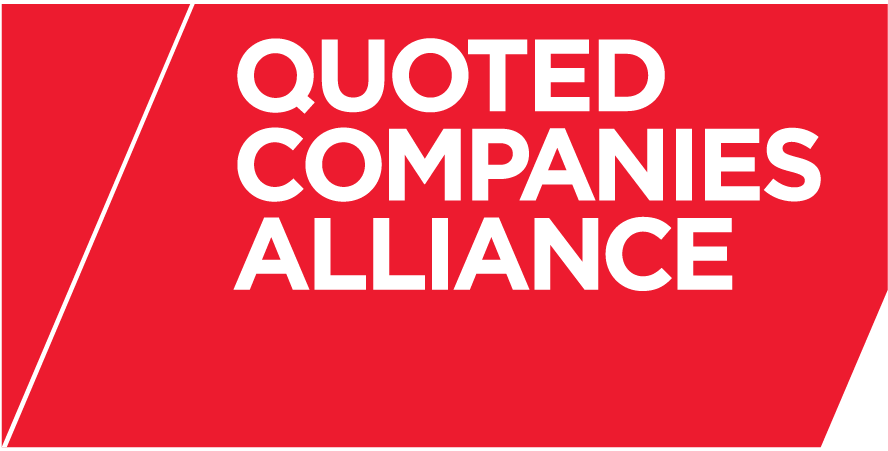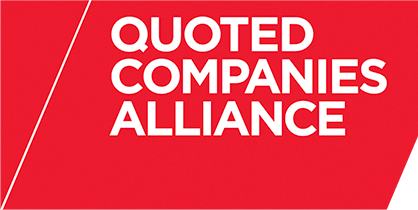Directors' know how is a monthly article, which highlights key rule changes, proposed changes and market updates so that you know what is coming down the track.
Financial Reporting Lab publishes report on the future of digital reporting
The Financial Reporting Lab has published a report outlining a future digital reporting framework. Following discussions with preparers, investors and other stakeholders, the Lab has identified twelve characteristics – spread over three stages – that are essential to creating a successful digital reporting framework.
Production
- Companies should ensure reports are cost efficient and are commensurate with the benefits provided to users.
- Digital reports should be compatible with current reporting requirements, support multiple reporting requirements or remove the need for them through multiple use or reuse of data.
- Companies should ensure that reports are easy to produce – the need for technical skills or tools should be kept to a minimum.
- Digital reports should improve timeliness of production, or at least not extend timelines.
Distribution
- Digital reports should guarantee free access both to company level information and peer, industry or national data in an easy-to-use format.
- Digital reports need to support the compliant distribution and storage of regulated information.
- Digital reporting should facilitate the prompt distribution of information.
- Digital reports should be accessible with clear posts to individual data points contained with documents at a company and industry level.
Consumption
- Digital reporting should continue to provide the context of reported information to help users and other stakeholders understand the information presented in the reports. This should include the report type and boundary of reported information; the period covered and release date of report; the external accounting framework used (e.g. IFRS, Sustainability framework); and links to other information about the company.
- Preparers should place usability at a premium – reports should be easily navigable so that users can upload or link information into reports and models efficiently with minimal technical expertise.
- Information sources should be clearly signposted to guarantee a report’s credibility and authenticity. Utilising technology to enhance the communication of assurance will allow users to understand the reliability of the information.
- Technology should help companies to customise how they communicate information and engage with their audience, while also allowing investors to receive usable content in a standardised way.
Investment Association issues guidance on long-term reporting
The Investment Association has issued guidance on long-term reporting which sets out investor expectations on aspects of long-term reporting so that companies are better placed to deliver long-term shareholder value, contribute to long-term economic growth and build a more productive economy.
Although the guidance is aimed at FTSE companies, the Investment Association encourages AIM companies to also adopt this best practice guidance. It offers recommendations in the following areas:
- Business models – Companies should no longer issue quarterly reports and earnings guidance. Instead, they should focus on long-term performance and strategy. Consult the FRC Reporting Lab’s business model reporting recommendations for guidance.
- Productivity – Companies should develop a set of Key Performance Indicators (KPIs) by which improvements in productivity can be reliably measured over time.
- Capital management – Companies should be more explicit in defining the connection between how it allocates capital with its long-term business strategy.
- Disclosure of material environmental and social risks – Companies should more effectively disclose policies, procedures, and verification systems in place to manage material environmental, social and governance risks, as well as the board’s overarching responsibilities.
- Human capital and culture – Companies should outline how they are developing a positive corporate culture and investing in their staff’s productivity to generate sustainable long-term value.
Pre-Emption Group publishes monitoring report on Statement of Principles and annex of best practice
The Pre-Emption Group has published a monitoring report on the implementation of its 2015 Statement of Principles and on the use of the template resolutions for disapplying pre-emption rights, which it issued in 2016.
The report concludes that both the Statement of Principles and the template resolutions are generally being adhered to, although there were some examples of poor consultation and disclosure. It notes that despite requests for general disapplication often being supported where they meet the criteria regarding size, duration and resolution format, companies and investors should still ensure they commit to effective dialogue and timely notification.
The report adds that companies will consider the thresholds provided in the 2015 Statement of Principles – regardless of the legal form of a transaction – with the second 5% specifically tied to acquisitions and specified capital investments. Equally, investors also believe that the additional 5% should not be applied for automatically but rather only when it is appropriate for the company's circumstances.
Going forward, the Pre-Emption Group has issued an Appendix of Best Practice in Engagement Disclosure, which stresses that:
- Engagement must address both the spirit and letter of the 2015 Statement of Principles.
- Consultation about proposed issuances must be specific and unequivocal.
- The topic of whether or not pre-emption authority is to be utilised must be explicitly addressed.

